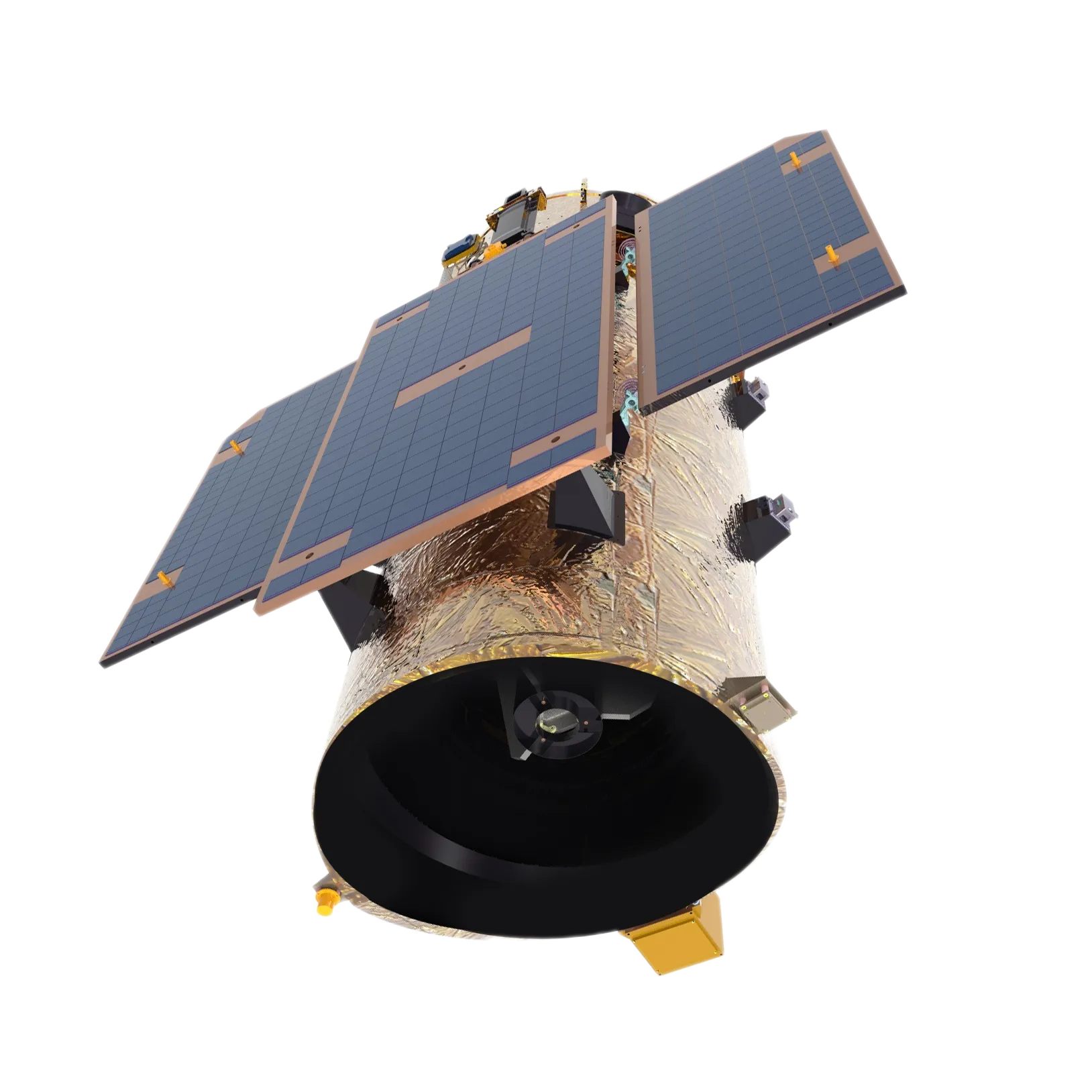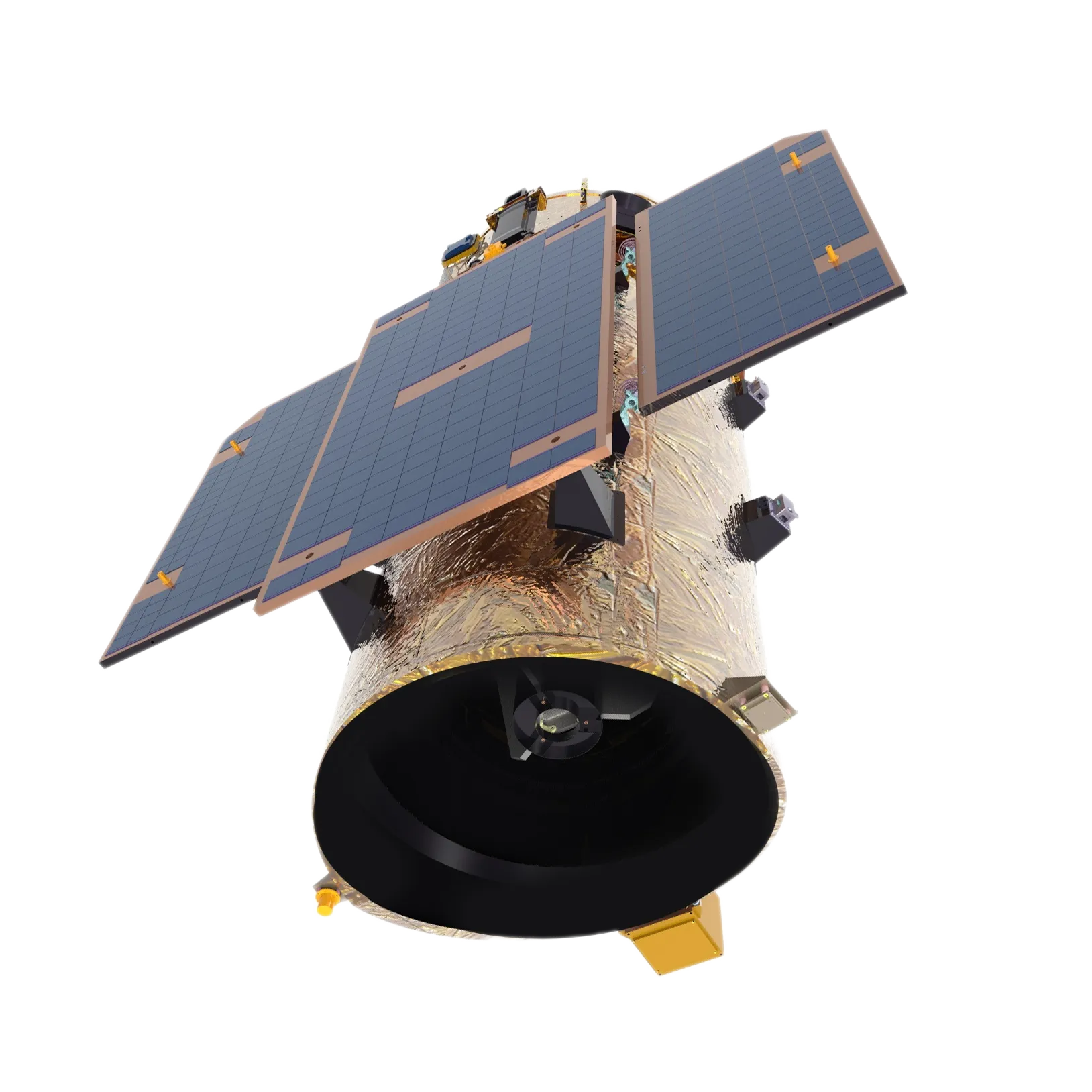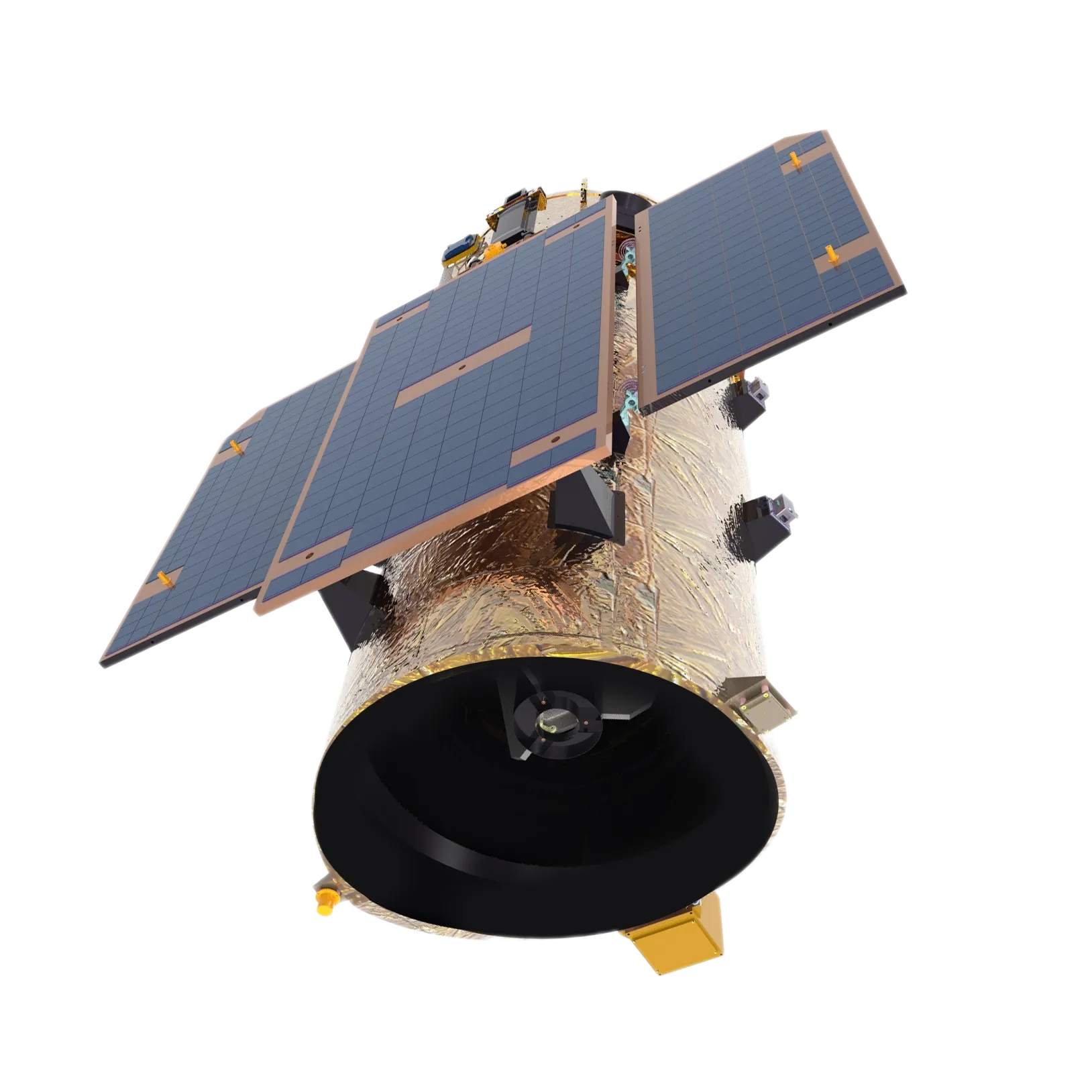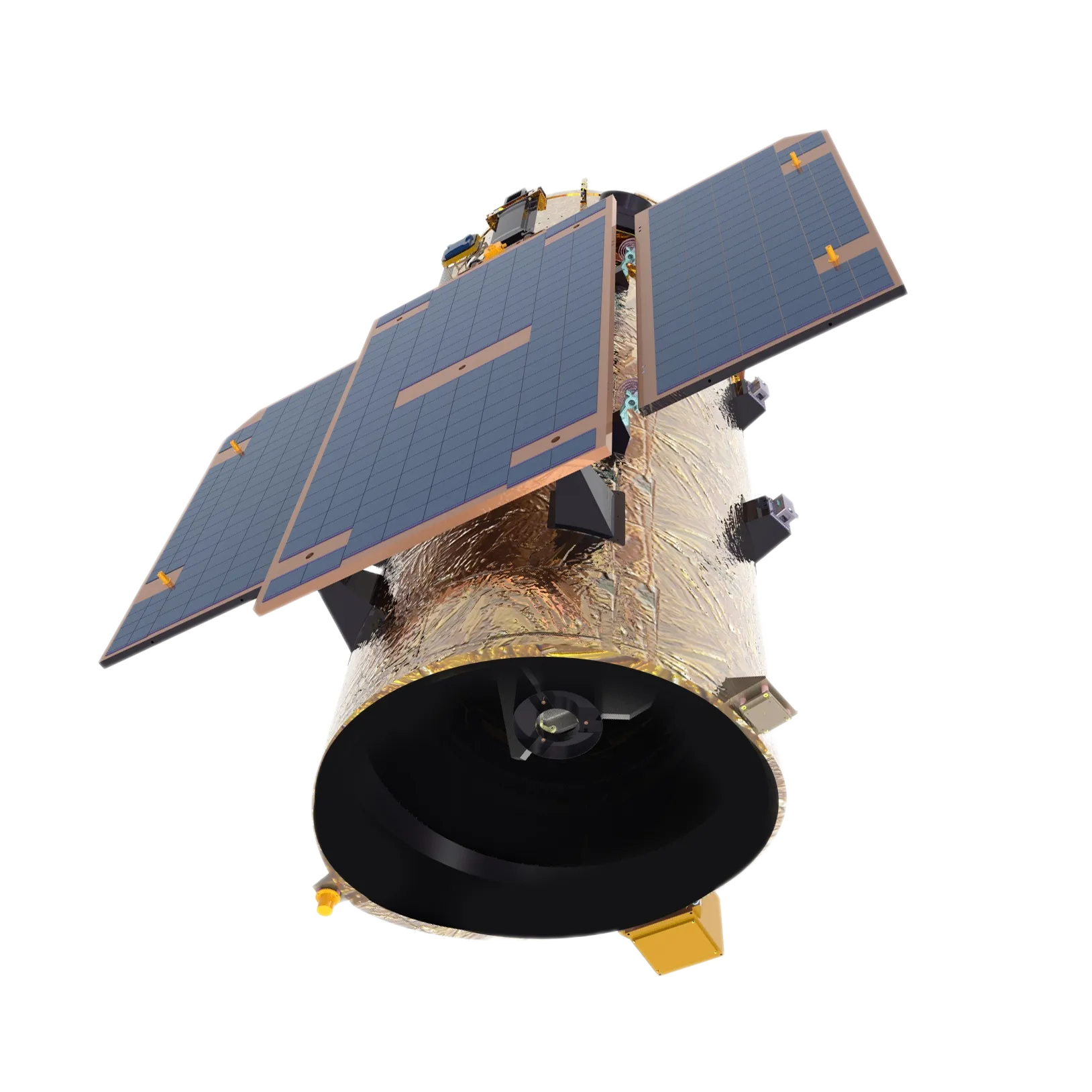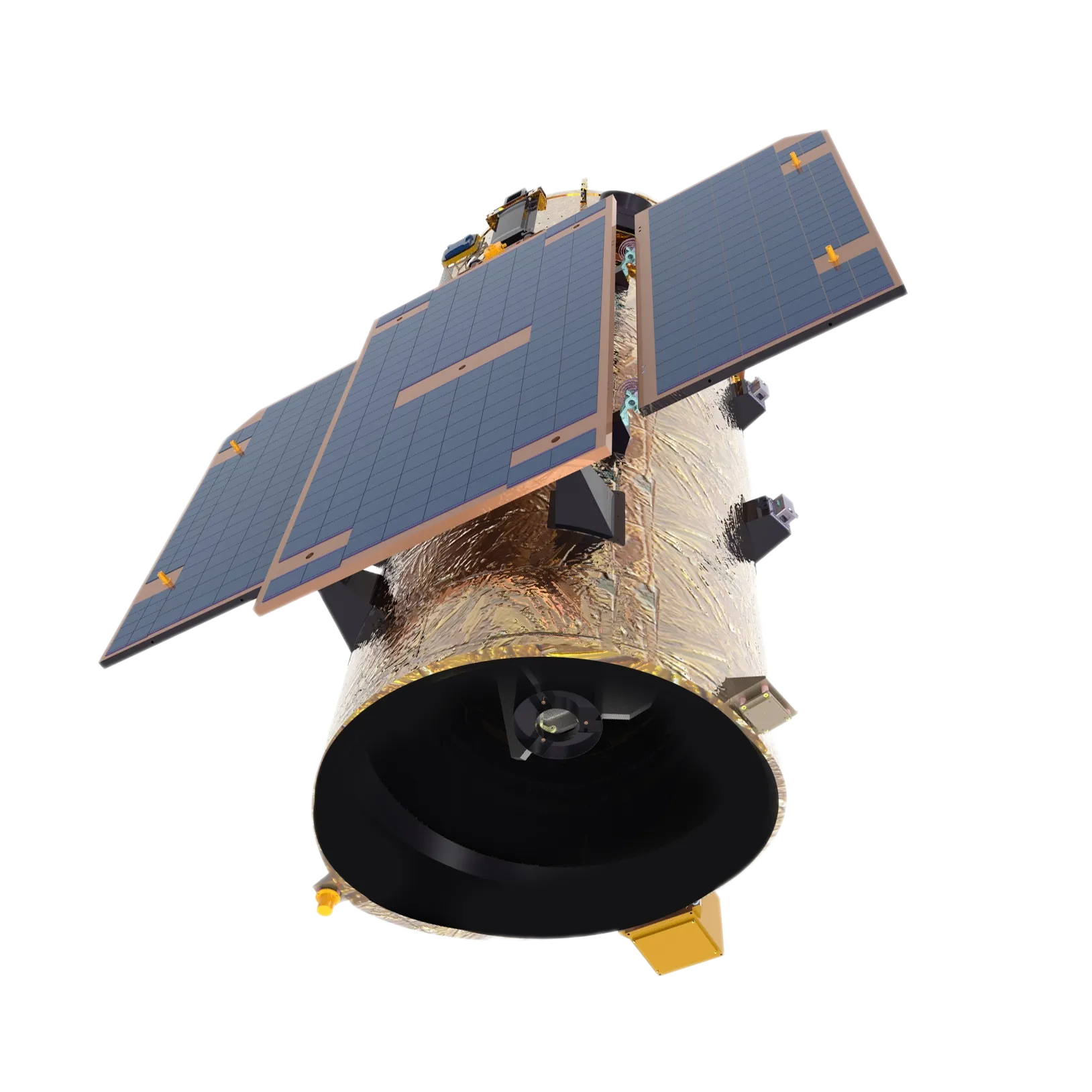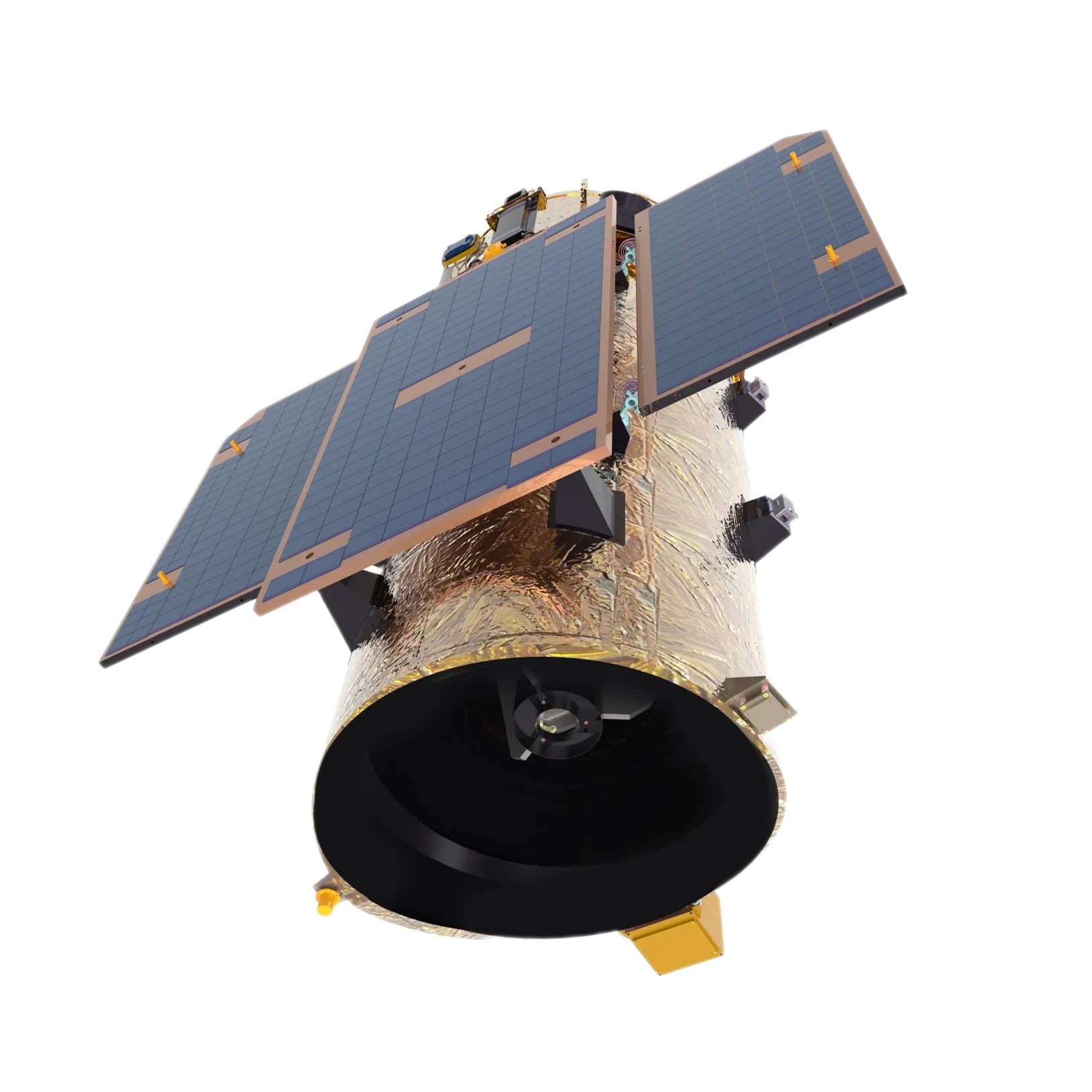
- afrikanska
- albanska
- amhariska
- arabiska
- armeniska
- azerbajdzjanska
- baskiska
- vitryska
- bengaliska
- bosniska
- bulgariska
- katalanska
- Cebuano
- Kina
- korsikanska
- Kroatisk
- tjeckiska
- danska
- holländska
- engelska
- esperanto
- estniska
- finska
- franska
- frisiska
- galiciska
- georgiska
- tyska
- grekiska
- Gujarati
- haitisk kreol
- Hausa
- hawaiianska
- hebreiska
- Inga
- Miao
- ungerska
- isländska
- igbo
- indonesiska
- irländsk
- italienska
- japanska
- javanesiska
- Kannada
- kazakiska
- Khmer
- rwandiska
- koreanska
- kurdiska
- kirgiziska
- Arbetskraft
- latin
- lettiska
- litauiska
- Luxemburgiska
- makedonska
- Madagaskar
- malajiska
- Malayalam
- maltesiska
- Maori
- Marathi
- mongoliska
- Myanmar
- nepalesiska
- norska
- norska
- occitanska
- Pashto
- persiska
- polska
- portugisiska
- Punjabi
- rumänska
- ryska
- Samoan
- skotsk gaeliska
- serbiska
- engelska
- Shona
- Sindhi
- singalesiska
- slovakiska
- slovenska
- somaliska
- spanska
- Sundanesiska
- Swahili
- svenska
- Tagalog
- tadzjikiska
- Tamil
- tatariska
- Telugu
- Thai
- turkiska
- turkmeniska
- ukrainska
- Urdu
- Uigur
- uzbekiska
- vietnamesiska
- walesiska
- Hjälp
- jiddisch
- Yoruba
- Zulu
Satellite Platforms: The Essential Framework for Remote Sensing Success
In the evolving field of satellite technology, platform satellites are the indispensable structures supporting remote sensing missions. These platforms, built upon the satellite bus structure, provide the mechanical framework and vital subsystems necessary to operate sensors and instruments that gather critical data about Earth’s surface and atmosphere. Understanding the design, function, and manufacture of these platforms is key to appreciating their role in advancing remote sensing capabilities.
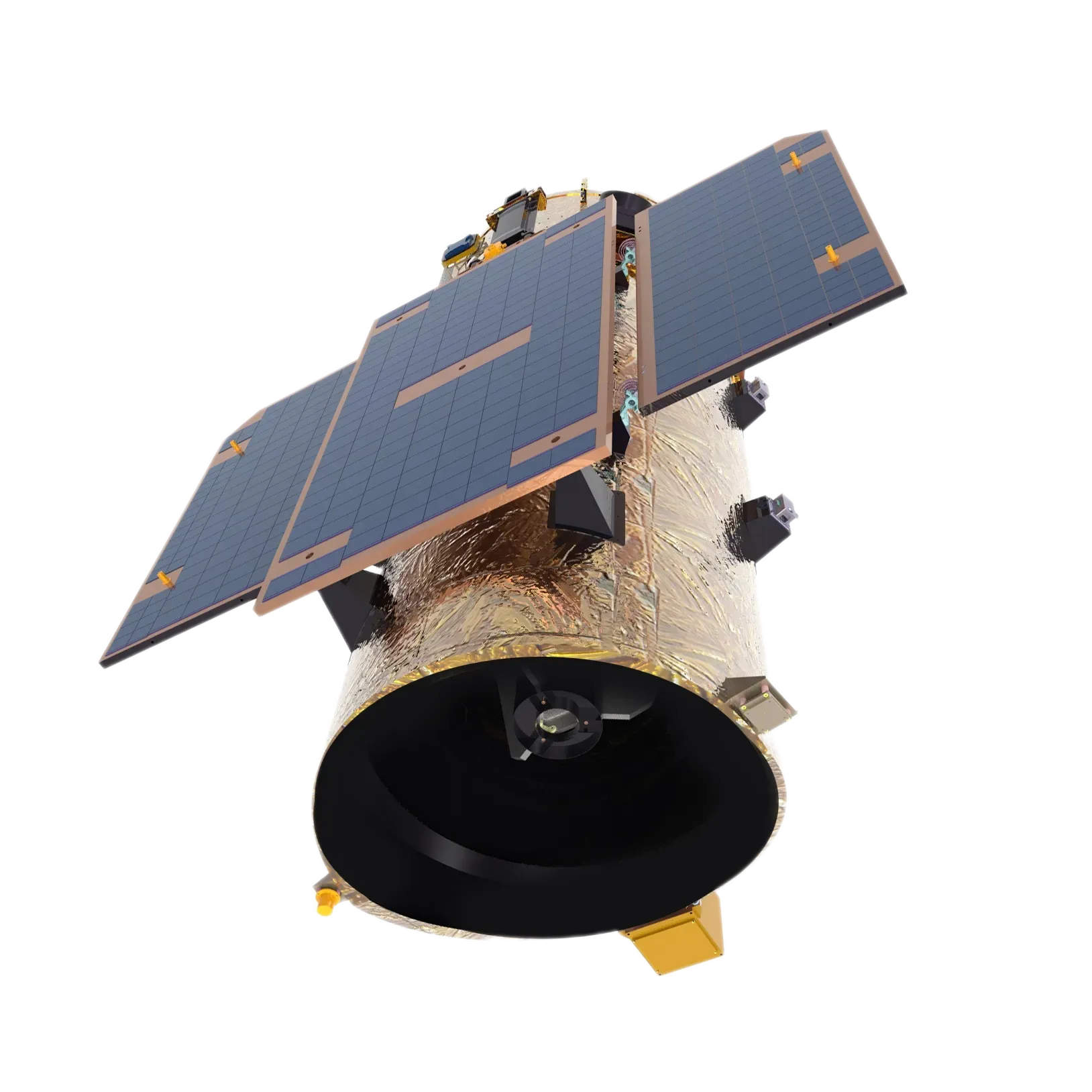
What Are Platform Satellites and Their Purpose?
A platform satellite is essentially the satellite’s backbone, integrating power systems, thermal regulation, attitude control, communication modules, and propulsion. It supports the payload — typically high-precision sensors or cameras used in remote sensing — by ensuring stable operation and environmental protection. This robust support system enables satellites to deliver accurate and timely remote sensing satellite images critical for environmental monitoring, agriculture, and disaster management.
The Importance of the Satellite Bus Structure
The satellite bus structure serves as the structural chassis that houses all satellite components. It must balance strength, light weight, and resilience to space conditions such as radiation and temperature fluctuations. Engineers design these bus structures with advanced materials and modular configurations, allowing flexibility to accommodate diverse payloads and mission requirements. Innovations in bus structure design help improve launch efficiency and operational lifespan, directly benefiting remote sensing missions.
Role of Satellite Platforms in Remote Sensing Applications
Satellite platforms in remote sensing are designed to maintain precise orientation and stability, essential for capturing high-resolution data. They support a wide array of instruments, including multispectral and hyperspectral imagers, radar sensors, and thermal cameras. The quality and durability of these platforms directly influence the accuracy and consistency of Earth observation data, which are indispensable for scientific research, urban planning, and resource management.
Satellite Bus Manufacturers Driving Innovation
The evolution of satellite capabilities owes much to leading tillverkare av satellitbussar who develop platforms tailored to specific mission needs. These manufacturers focus on integrating advanced power systems, thermal controls, and communication technologies into versatile, scalable bus platforms. Through continuous innovation and collaboration with space agencies and commercial satellite operators, they enhance platform reliability and performance, ensuring that satellites meet the increasing demands of remote sensing applications.
Conclusion
Platform satellites and their underlying satellite bus structures form the foundation of effective remote sensing satellites. Their robust design and reliable operation enable high-quality data collection critical for monitoring and managing Earth’s environment. As tillverkare av satellitbussar push forward with new technologies and materials, future satellite platforms will be even more capable, supporting expanded remote sensing missions that deepen our understanding of the planet.






